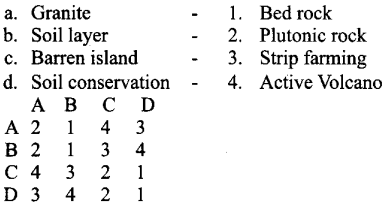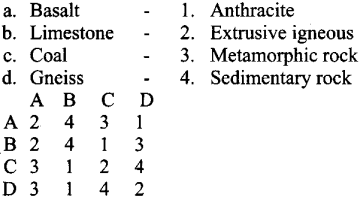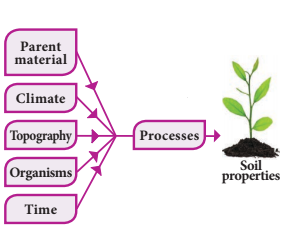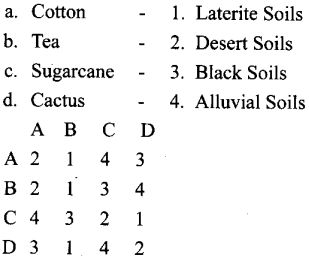Tamilnadu State Board New Syllabus Samacheer Kalvi 8th Maths Guide Pdf Chapter 6 Statistics InText Questions Text Book Back Questions and Answers, Notes.
Tamilnadu Samacheer Kalvi 8th Maths Solutions Chapter 6 Statistics InText Questions
Try These (Text Book page No. 212)
Question 1.
Arrange the given data in ascending and descending order: 9, 34, 4, 13, 42, 10, 25, 7, 31, 4, 40
Answer:
Ascending order: 4, 4, 7, 9, 10, 13, 25, 31, 34, 40, 42.
Descending order: 42, 40, 34, 31, 25, 13, 10, 9, 7, 4, 4
![]()
Question 2.
Find the_range of the given data: 53, 42,61, 9, 39, 63, 14, 20,06, 26, 31, 4, 57
Answer:
Ascending order of the given data:
4, 6, 9, 14, 20, 26, 31, 39, 42, 53, 57, 61, 63
Here largest value = 63
Smallest value = 4
∴ Range = Largest value – smallest value
= 63 – 4 = 59
Try These (Text Book page No. 217)
Question 1.
Prepare a frequency table for the data:
3, 4, 2, 4, 5, 6, 1, 3, 2, 1, 5, 3, 6, 2, 1, 3, 2, 4
Answer:
Ascending order of the given data.
1, 1, 1, 2, 2, 2, 2, 3, 3, 3, 3, 4, 4, 4, 5, 5, 6, 6
The distribution table:
| Data | Tally marks | Frequency |
| 1 | ||| | 3 |
| 2 | |||| | 4 |
| 3 | |||| | 4 |
| 4 | ||| | 3 |
| 5 | || | 2 |
| 6 | || | 2 |
∴ Frequency Table:

![]()
Question 2.
Prepare a grouped frequency table for the data:
10, 9, 3, 29, 17, 34, 23, 20, 39, 42, 5, 12, 19, 47, 18, 19, 27, 7, 13, 40, 38, 24,34,15,40
Answer:
Largest value = 47
Smallest value = 3
Range = Largest value – Smallest value
= 47 – 3 = 44
Suppose we take class size as 10, then Number of class intervals possible
![]()
Apppbcnmxdfsmadnksa 5














































































































